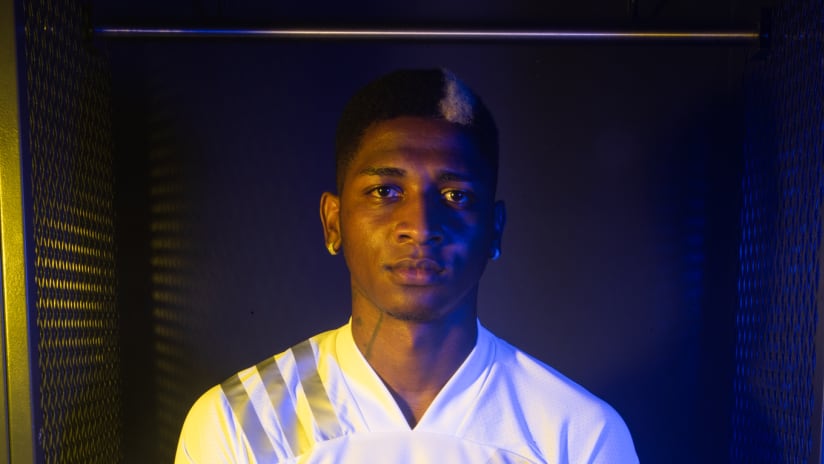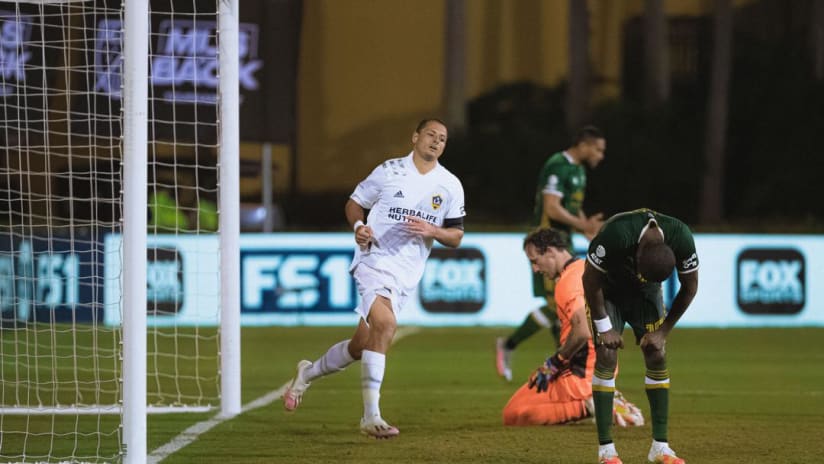The LA Galaxy and Real Salt Lake are a pair of the premier club's in MLS and in the Western Conference, but their approaches to success are drastically different.
I took part in this "Point/Counterpoint" segment with RealSaltLake.com's Sam Stejskal on the approach that the two teams have.
LA Galaxy Insider Adam Serrano
ARGUMENT: LA may target stars, but aren't afraid to build from the ground up.
Yes, the LA Galaxy are the team of Robbie Keane, Landon Donovan, Omar Gonzalez, Robbie Rogers and, formerly, David Beckham. But if you think that the Galaxy are simply a team of glittering stars then you’re missing the point.
All MLS teams, including LA and Real Salt Lake, operate within the same salary cap constraints and roster limitations, but it is how a team manages those rules that will prove how successful they are. RSL’s prudent spending approach has worked for them, but Galaxy head coach and general manager Bruce Arena’s own method is a tad more complicated, but just as balanced.
The Galaxy does boast two Designated Players in Keane and Donovan, and if reports are to be believed then they may be after a third in Mexican star Giovani Dos Santos. Signing talented marquee names has been a major pillar of the team’s mission statement since the league’s inception, but it doesn’t stop there. LA’s squad is also littered with young players as just eight of the club’s 29 players are over the age of 25. At the forefront of this youth movement are LA’s four Homegrown Players (Jack McBean, Jose Villarreal, Gyasi Zardes and Oscar Sorto), each of whom have made the game day roster this year.
Yes, investing in marquee names is important to the Galaxy as they look to stay at the forefront of the league, but as important to LA’s master plan is developing the young talent rich soccer hotbed of Southern California. This season, the Galaxy have given significant opportunities to McBean, Villarreal, and Zardes, who in turn have shown flashes of the talent that may make them successful in the professional ranks.
This balance of youth and star power has been on full display this year as Arena has thrown most of his Homegrowns as well as his recent draft picks into action as LA look to win an unprecedented third straight MLS Cup. Whether or not this approach will pay dividends come the winter months remains to be seen, but LA’s youngsters have already tasted success in 2013, after all, they did defeat RSL 2-0 during their last trip to Rio Tinto using a youth-laden lineup.
Will the Galaxy ever stop signing Designated Players or being linked with some of the game’s biggest names? Not a chance. However, just as unlikely is LA’s willingness to invest in young talent and polish a few hidden gems along the way.
After all, you need a complete squad to win a championship, not just few big names.
Sam Stejskal of RealSaltLake.com
ARGUMENT:RSL's model is more nuanced than LA's star-driven roster development
Regardless whether or not that report is true – and there are signs that indicate it isn’t – it’s not hard to imagine the Galaxy offering Dos Santos that kind of dough. They’ve certainly splashed that sort of cash before – see David Beckham and Robbie Keane, amongst others – and giving that big money to Dos Santos would make sense. The Barcelona product is young, has an impressive pedigree and would be a big draw with the millions of Hispanic fans in Southern California.
The fact that a report like that is at least somewhat believable is a good marker of the different worlds that Real Salt Lake and the Galaxy operate in. Yes, both teams have won MLS Cups since 2009, both have been fixtures near the top of the Western Conference table over the last five years and both deal with the same salary cap and roster constraints as every other team in the league.
But you’d never see a report claiming that RSL offered Dos Santos – or anyone else, for that matter - $8 million to come to the Wasatch Front. For better or for worse, the Claret-and-Cobalt has to do things differently than the Galaxy. There’s just not as much money to play with. In order for RSL to enjoy the sustained success it has since before it won the 2009 Cup, the technical staff has had to create and maintain an innovative – at least for MLS – tactical system. They’ve had to find diamonds in the rough in the domestic and international markets. And when Jason Kreis, Garth Lagerwey and Co. pays big money – though not “big” by LA’s standards – for a player like Javier Morales or Alvaro Saborio, they can’t afford to miss.
To be clear, both RSL’s and LA’s models work. The two teams have won three of the last four MLS Cups and one method isn’t necessarily any better than the other. But one model – and I trust you know which one I’m talking about – does require a little bit more work, a little bit more thought and a whole lot less room for error.
-
Who do you agree with? Which approach is best?
Share your thoughts below.





